CULTURE & COMMUNITY
CULTURE & COMMUNITY
Here are some of our current thoughts on “Culture & COMMUNITY” through the Harrington Brands Process. We hope you enjoy, learn and apply!
In this episode of Direct Application, host Matt Harrington breaks down one of the most practical frameworks for high-performance teamwork: the Help/Hinder list — a simple, powerful first agreement that sets the foundation for trust, accountability, and inclusive excellence.
Building a team-based culture isn’t a retreat or an initiative that fades by November. It’s a long game - years, not months - and it begins and ends with leadership commitment. In this episode of my podcast, Direct Application, I reflect on those early lessons from Deb and what they still mean for leaders today:
When you have eight to ten people on a high-stakes team, conflict is inevitable. What matters isn’t if you’ll run into it — but how you engage with it. Study after study shows unresolved workplace conflict drains productivity. One report found employees spend roughly 2.8 hours per week on conflict. But when a team accepts conflict as normal and builds a protocol around it, everything changes. This is your second protocol — the one that transforms conflict from destructive to generative.
High-performing teams don’t just set goals—they set norms. In this post, I explain how the Help/Hinder List transforms team culture by making expectations visible and shared. Discover how this simple, early exercise helps teams communicate openly, manage conflict, and build accountability. Includes practical pro-script examples leaders can use to reinforce healthy team behavior in real time.
Conflict in teams isn’t something to fear—it’s a sign of growth. In this episode, Matt Harrington unpacks Bruce Tuckman’s famous storming stage of team development and explains why conflict is not only natural but necessary. Healthy disagreement signals that a team is maturing, moving beyond surface-level cooperation, and learning to navigate real challenges together.
The real question for any leader isn’t “Do I believe in teams?” It’s “Am I willing to commit - day after day, year after year - to building and protecting the culture that allows them to thrive?”
Discover why momentum beats speed in leadership and business strategy. Drawing on insights from Chuck Hollingsworth on the Direct Application podcast and Jim Collins’ Great By Choice, this post explores the 20-Mile March, Agile sprints, and high-performance team practices. Learn how to show quick wins, build sustainable momentum, and lead with discipline in a world obsessed with speed.
In this episode of Direct Application, host Matt Harrington sits down with Chuck Hollingsworth - Director of Engineering at Keurig Dr Pepper and a 40-year veteran of manufacturing leadership - for a front-line look at what it really takes to lead through massive change, scale innovation, and build a workforce ready for the future.
What makes a great team truly powerful? In this episode of Direct Application, Matt Harrington explores the Power of Teams—why teamwork is more than just working side by side, and how the right dynamics create results far greater than the sum of the parts.
High-performing teams operate in a sweet spot where task completion, process excellence, and relationship dynamics all align. When those three elements synchronize, progress happens with speed, energy, and resilience. And when one element falters, strong teams adapt in real time to restore balance.
Teams represent both a philosophical approach and a “means to an end.” Being a team is never the goal, but rather the approach that will determine the success of the goal. However, teaming is also a culture or mindset that transforms the way we interact with other people that, quite frankly, is not always familiar or comfortable for us.
Welcome to the inaugural interview episode of Direct Application, the podcast where leadership theory meets Monday morning reality. Hosted by Matt Harrington, this show explores how to turn good leadership ideas into better workplaces. In this episode, Matt sits down with Karin Tierney, a seasoned HR consultant with over 25 years of experience in leadership development, organizational culture, and fractional HR.
In this Solo Blogcast episode of Direct Application, Matt Harrington unpacks the underestimated power of surveys during strategic planning. Too often, surveys become checkbox exercises - sent out, ignored, and forgotten. But when done right, surveys become powerful trust-building tools that surface real insights and show your stakeholders that their voices matter. This episode dives into the leadership mindset behind meaningful surveying and gives you a checklist to ensure your survey efforts actually drive decisions and build credibility.
In this Solo Blogcast episode of Direct Application, host Matt Harrington revisits the classic SWOT analysis - Strengths, Weaknesses, Opportunities, Threats - but with a modern, practical twist. If your SWOTs feel like checkbox exercises or dusty whiteboard sessions, it’s time for a refresh.
In this episode of Direct Application, host Matt Harrington dives into the human dynamics of change. Whether you're launching a new vision, strategic plan, or organizational shift, how people respond matters just as much as the change itself. Learn the three core groups you’ll face: the energized Change Champions, the cautious Bystanders, and the disruptive Toxic Few (or Resistors).
Surveys and assessments are essential tools for gathering meaningful feedback that informs strategic planning, decision-making, and organizational improvement. This blog explores how to design effective surveys, avoid common pitfalls like survey fatigue, and build trust by using and communicating results. Learn the types of surveys to consider—and why feedback is a gift that should shape, not just support, your leadership.
Kick off your strategic planning season with two essential tools: SWOT analysis and surveys. This blog explores how to facilitate meaningful SWOT sessions, engage stakeholders across sectors, and use dot voting to identify top priorities. Start with data-driven discovery to guide future decisions and build trust throughout your organization or community.
In our Greenthumb Leadership framework, Stage 3 is called Disgruntled. These are your seasoned professionals. They’re knowledgeable. They’ve been in the system long enough to know how it works—and sometimes, how to work around it. But they’re tired. Jaded. Resistant. These are the overgrown plants in your garden. Once full of potential, they’ve picked up weeds, disease and bugs along the way: resentment, cynicism, and detachment. The real problem with Disgruntled C-suiters? They often hold the most power, most influence and most control. And, in that respect, they can be the most dangerous.
This post explores the delicate balance between accountability and empathy in leadership, especially in a time when staff are feeling burned out and undervalued. Drawing from Crucial Accountability and thought leader Dr. Jay Campbell, it outlines how leaders can hold people to high standards while still showing compassion. The key is moving beyond avoidance or aggression to have respectful, clear, and constructive conversations that build trust and drive results. True leadership lives in the tension between expectation and empathy—and that’s where real transformation begins.
In this post we explore how accountability drives organizational excellence and culture, inspired by Steve Jobs' iconic quote: “Be a yardstick of quality.” Drawing from the book Crucial Accountability and real-life leadership moments, he outlines how mindset, clarity, and consistent conversations shape high-performing teams. Learn why culture is built in the everyday "moments of truth," as leadership expert Jan Carlzon emphasized, and how to raise the bar without losing your team’s trust. Perfect for executives, team leaders, and HR professionals focused on improving accountability, trust, and performance.
In a world of nonstop noise, true leadership sometimes requires silence. This post explores how journaling and intentional reflection—anchored in the practices of Resonant Leadership—can deepen self-awareness, build resilience, and support authentic leadership growth. Drawing from real retreat experiences and the research of James Pennebaker and Brené Brown, it offers practical tips for starting a journaling habit that heals and empowers.
Practice alone isn’t enough; making practice a habit is where real transformation happens. True grit—the ability to persevere through adversity—and real resilience depends on small, repeated acts. Over time, these acts build into powerful capabilities.
A soufflé perfectly captures the essence of a leader’s vision—it starts with a strong foundation, requires delicate preparation, and rises with care and precision to create something breathtaking. Like a great vision, it inspires, stretches boundaries, and demonstrates that with the right balance of ingredients, a remarkable outcome is achievable.
Over the past year, we’ve explored the shift from workplace culture to community, delving into themes like belonging, trust, adaptability, and leadership as service. Through concepts like the Upside-Down Community Leader, Greenthumb Leadership, and the Deep Ocean Model, we’ve examined how leaders can foster growth, navigate change, and address underlying beliefs. This journey has highlighted that leadership is intentional and requires continuous learning, with the hope of inspiring growth and meaningful connections in others.
Good food is all about timing, intention, and a willingness to experiment. Leadership is no different. So, this holiday, let’s take a detour from boring leadership jargon and straight into the heart of the kitchen—a place where raw ingredients transform into something magic. Great leadership, like great food, can feed the soul. Here are the essential ingredients for the perfect leadership dish.
Remote and hybrid work models have reshaped the workplace, with high-performing leaders often excelling due to their autonomy, discipline, and results-oriented approach, while lower-performing employees may struggle without direct supervision. Research, such as the Stanford University study, highlights the benefits of hybrid work, particularly in enhancing productivity and retention, though challenges arise when remote work is poorly managed. The future of work requires organizations to balance flexibility and accountability, fostering environments that empower diverse employees and adapt to changing expectations.
This post explores the critical role of strategic planning and visioning in helping organizations navigate uncertainty and long-term challenges. It emphasizes the importance of staying at a strategic level, resisting the pull toward immediate tactical fixes, and focusing on the pillars that drive success: leadership, innovation, operations, and customer focus. With actionable steps and insights, it provides a framework for crafting meaningful, future-oriented plans that transform strategic dreams into achievable realities.
True innovation exists at the intersection of trust, vulnerability, and constructive conflict. As leaders, our role is to create the conditions for innovation to thrive. That means checking our egos, fostering trust, and modeling vulnerability. It means leaning into conflict, embracing discomfort, and having the courage to confront the most brutal facts of our current reality.
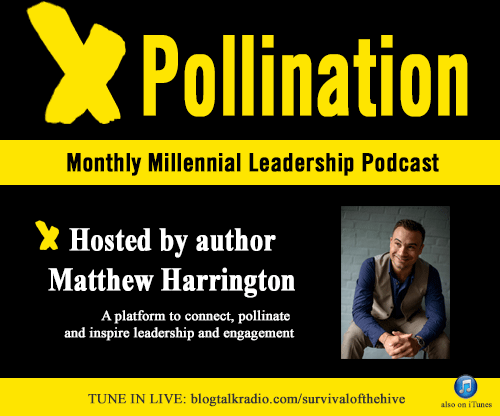








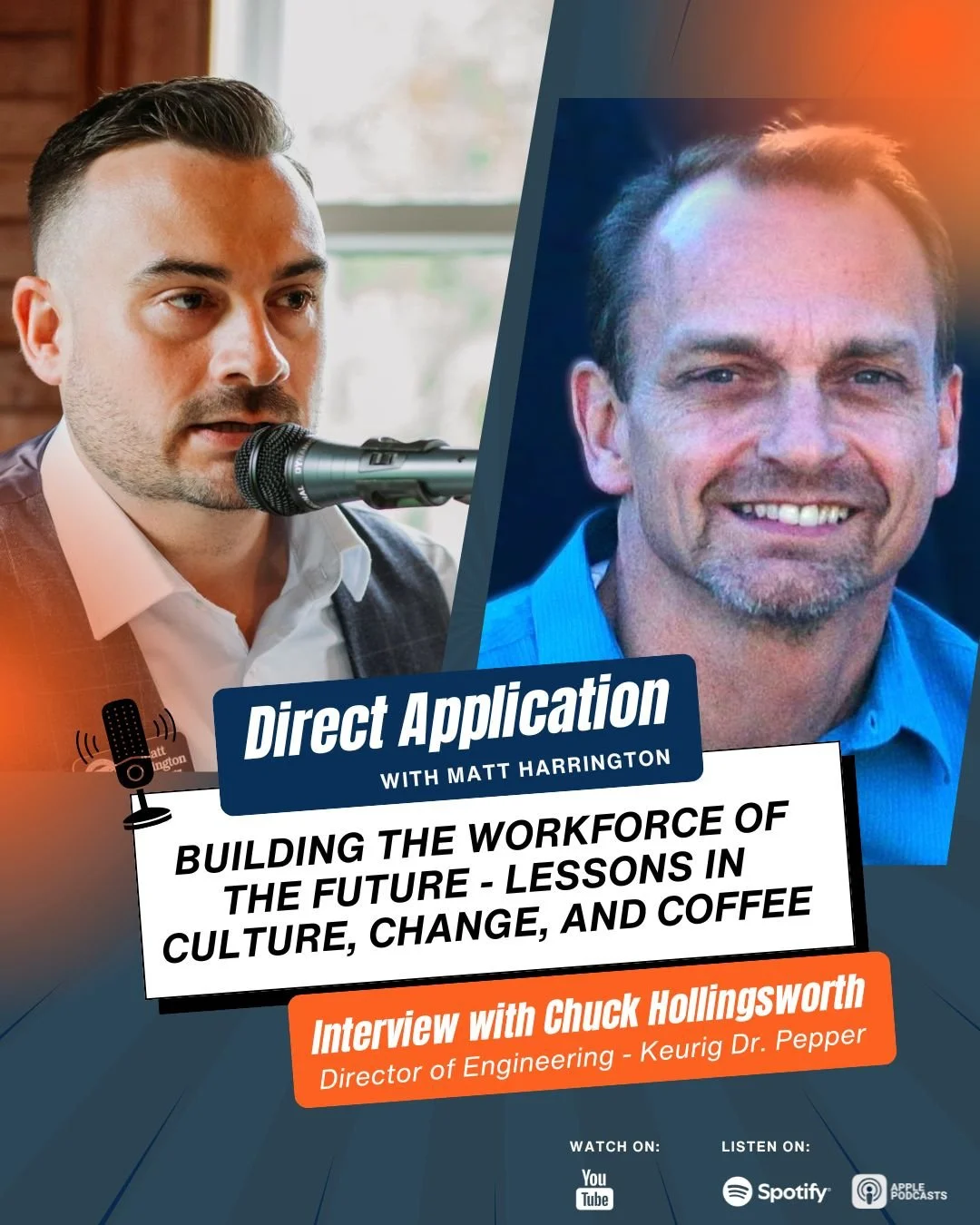
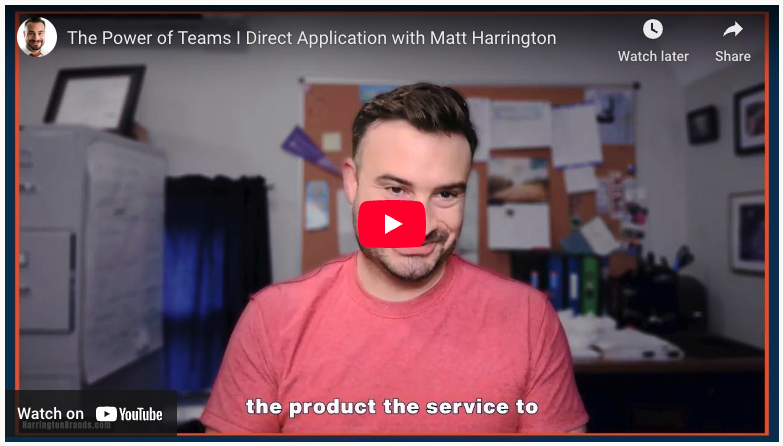



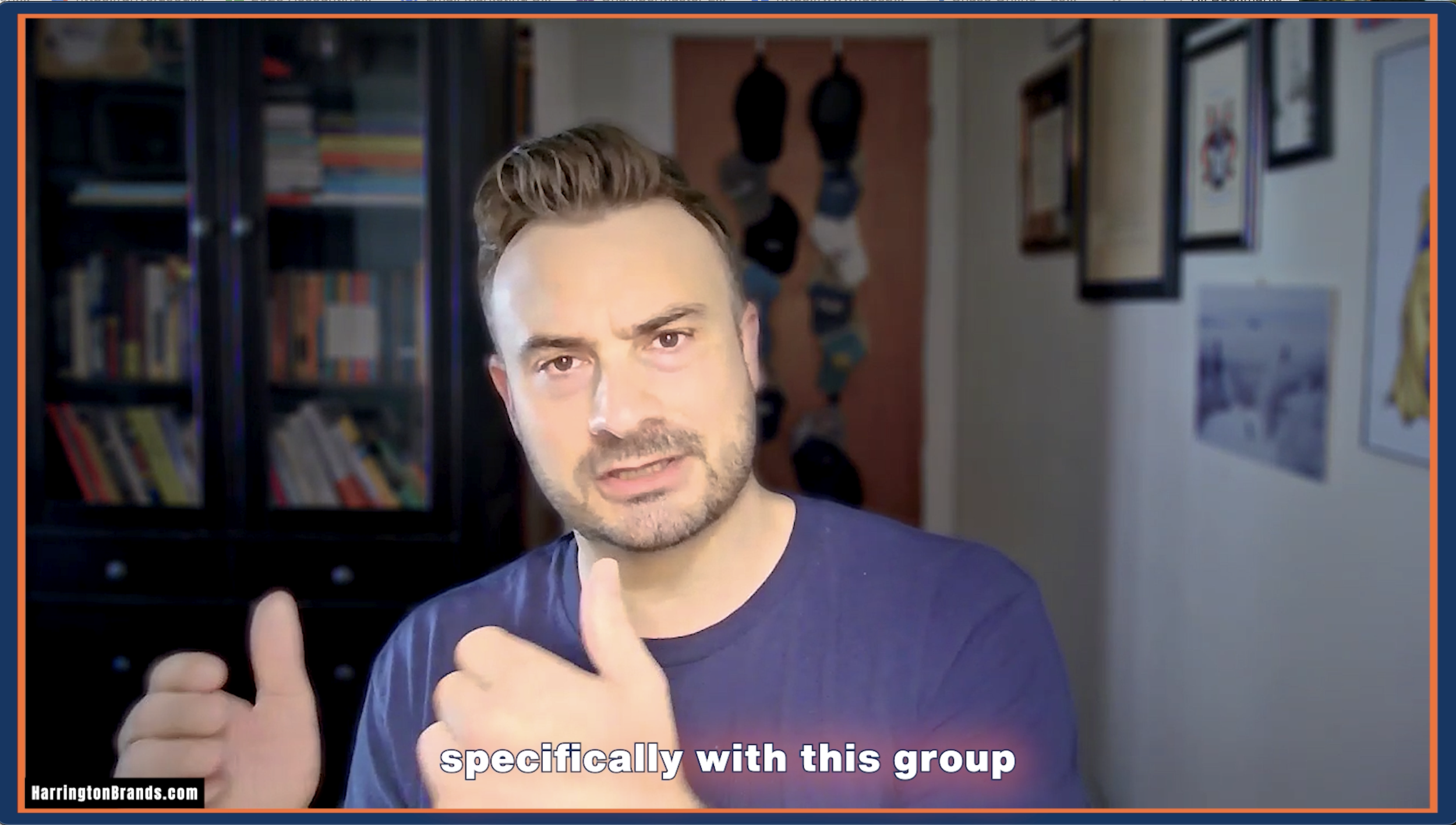
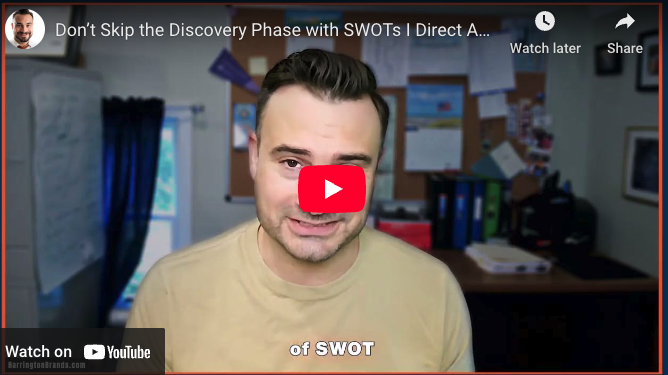














In Episode 19 of Direct Application, Matt Harrington talks about something every leader faces (and few prepare for): conflict in teams.
We tend to avoid it or hope it just fades away. But healthy teams design for conflict before it happens.
In this episode, I break down how to:
Recognize that conflict is a signal, not a setback
Use clarity to keep emotion in check
Apply a simple, practical framework — the RISC–PAUSE model
Build a Conflict Resolution Protocol so your team knows how to disagree productively
The best teams don’t fear tension — they use it to grow trust, creativity, and innovation.
Listen to the full episode here: [link to Spotify/YouTube]
Read the companion blog: Conflict in Teams: Why It Happens and How to Handle It Productively
Download the free Conflict Resolution Protocol Template: HarringtonBrands.com/Templates